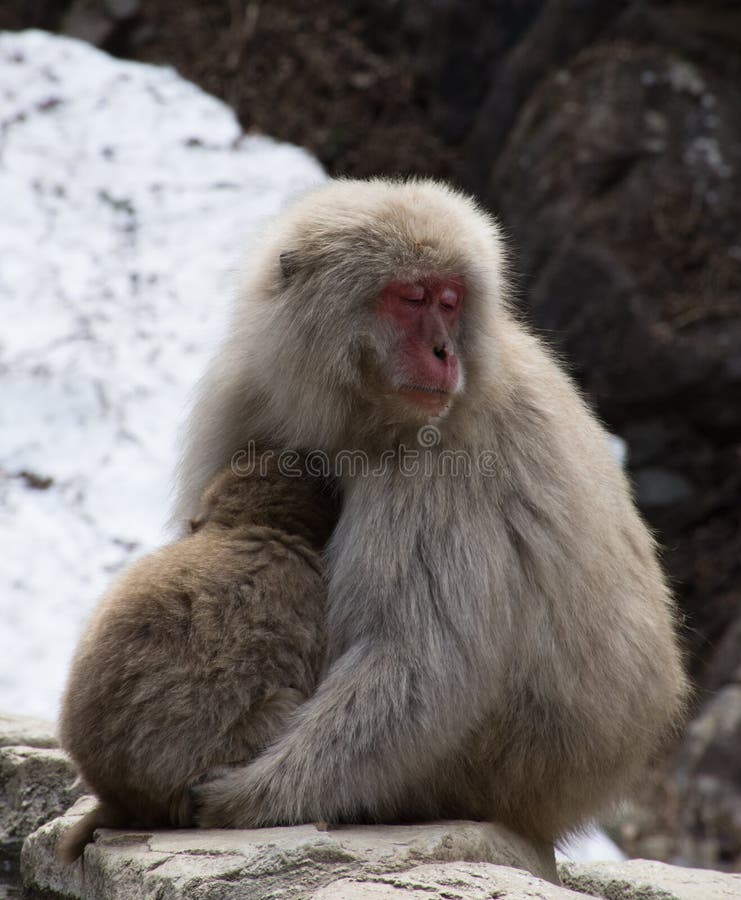

The observations sessions lasted for an average of 44 minutes, during which time each of the monkeys showed at least one “spontaneous smile” - a facial movement also found in human babies, often during sleep and typically with no discernible cause. The researchers based their paper on seven newborn macaque monkeys, monitored as they napped between procedures for an unrelated study. Luckily, a team of researchers from Kyoto in Japan recently caught that very thing on video instead of trying to explain to you here what said smiling looked like, I’m going to do you a favor and tell you to watch:īesides being so gosh-darn adorable, the footage, which was recorded as part of a new study in the journal Primates, may also help to shed some light on the origins of our own facial expressions. (2016) The First Smile: Spontaneous Smiles in Newborn Japanese Macaques ( Macaca fuscata).ĭisclaimer: This article does not necessarily reflect the views of AsianScientist or its staff.There are some things that are just better seen than described, and newborn monkeys smiling in their sleep is one of them. The article can be found at: Kawakami et al. It may be the case that many mammal infants display spontaneous smiles, in which case smiling would have an older evolutionary origin. “There are case reports about mice laughing when they get tickled and dogs displaying facial expressions of pleasure. The question that now remains is whether smiling is unique to monkeys and primates. The team interpreted that spontaneous smiles facilitate the development of cheek muscles, enabling humans, chimpanzees and Japanese monkeys to produce smiles, laughs and grimaces. Rather, the smiles are more similar to submissive signals (grimaces) rather than smiles (play faces). Interestingly, this study suggests that spontaneous smiles do not express feelings of pleasure in chimpanzees and Japanese monkeys.

Some researchers have argued that infants’ spontaneous smiles exist to make parents feel that their children are adorable and to enhance parent-child communication. A major difference, though, is that the smiles were much shorter.”

CUTEBABY MONKIES SLEEPING FULL
“There were two significant similarities they both happened between irregular REM (rapid eye movement) sleep, and they show more lop-sided smiles compared to symmetrical, full smiles.

“Spontaneous macaque smiles are more like short, lop-sided spasms compared to those of human infants,” Kawakami said. Fumito Kawakami and colleagues observed 58 spontaneous smiles from seven dozing macaque infants, all of which showed spontaneous smiles at least once. “Since we see the same behavior in more distant relatives, we can infer that the origin of smiles goes back at least 30 million years, when old world monkeys and our direct ancestors diverged,” said study co-author Professor Masaki Tomonaga of Kyoto University’s Primate Research Institute.ĭuring their experiments, lead author Dr. In fact, newborn Japanese macaques, which are more distant relatives of humans in the evolutionary tree, also exhibit spontaneous smiles. These facial expressions, called spontaneous smiles, are considered the evolutionary origin of real smiles and laughter.Īccording to the study, spontaneous smiles do not only happen in the infants of higher-order primates like humans and chimpanzees. When human and chimp infants are dozing, they sometimes show facial movements that resemble smiles. 10, 2016) – Japanese researchers have shown that smiling, in primates in particular, may be a more common and evolutionarily significant gesture than once thought.


 0 kommentar(er)
0 kommentar(er)
